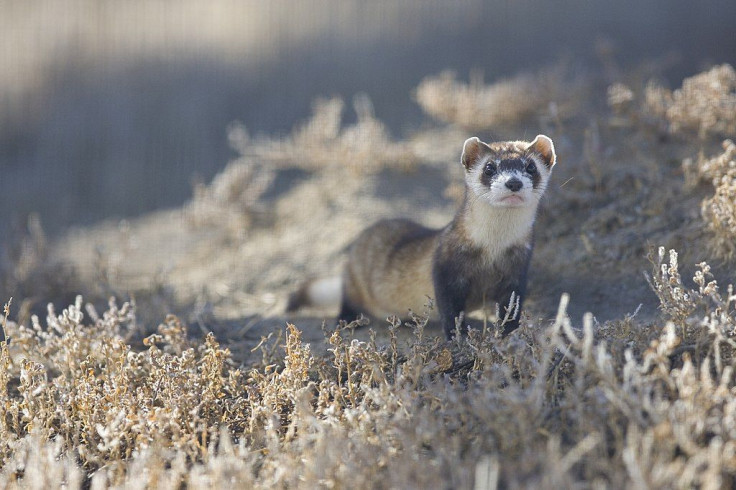Rising Temperatures Pushing Half Of All Animals To Move Out; Will They Find Better Habitats?
KEY POINTS
- Scientists used a new method called MegaSDM to track species distribution across the globe
- It showed there will be an overall slight movement toward the north
- Many animals will not be successful in finding suitable habitats
The world is warming up, there is no doubt about it. But the rise in temperature is making half of all species leave their habitats for cooler climates. The question is will they get there in time?
Scientists discussed this issue in their latest paper, published in the journal Ecography. They have devised a new method, called MegaSDM, to track species distribution across the globe.
"When we think about the impact of climate change on species habitat, we have to ask: Where can the species live in the future under climate change, but more importantly, can they get there?" said Bistra Dilkina, a University of South California (USC) computer science associate professor and co-director of USC's Center for Artificial Intelligence in Society.
The team found there will be an overall movement toward the north and, more importantly, many animals will not be successful in finding suitable habitats.
Though tools are available to assess species distribution, they are not up to mark. Researchers say MegaSDM is the first modeling tool that takes into account the dispersal limits for many species, climate models and time periods simultaneously.
Dispersal limits are constraints that affect the movement of animals. Different animals have different levels of tolerance to environmental changes, and they shift and migrate at their own speed. Factors like mobility, reproductive ability or landscape features play a role in deciding their migration.
MegaSDM created a series of maps on how animals move over time based on a list of species and environmental data. The research team analyzed the distribution patterns of 165 mammals found in North America and projected estimates for 2050 and 2070 under two conditions - with dispersal limit and without.
In a warmer world, half of all #species are on the move. Where are they going? #climate https://t.co/DKB7eAf9ZD via @physorg_com
— Eti OST (@eti_ost) September 12, 2022
"When dispersal rate is taken into consideration, the future looks bleaker than we would have anticipated," said Jenny McGuire, a Georgia Tech biogeographer.
Many species will not be able to colonize all the suitable habitats in 2070, according to the study.
"When looking at changes in habitat suitability over time, we see habitat shrinkage to the south, and habitat suitability expansion to the north, which is to be expected. But importantly, when integrating dispersal limitations into the analysis, we also see a lot of the habitat suitability gains are lost due to dispersal limits," McGuire explained.
The model will be effective in identifying species that are most at risk and require immediate support.
"The tool allows us to recognize when a species is being restricted by other types of impacts, and it allows us to better anticipate where they could potentially live in the future and to identify potential areas for restoration," McGuire added.
Researchers say climate change is a lot closer than they had estimated.
"Building the tools to help us make quantitative predictions about what will happen is extremely important, and I believe this will empower future action in biodiversity conservation and climate change mitigation efforts," Dilkina said.

© Copyright IBTimes 2025. All rights reserved.





















